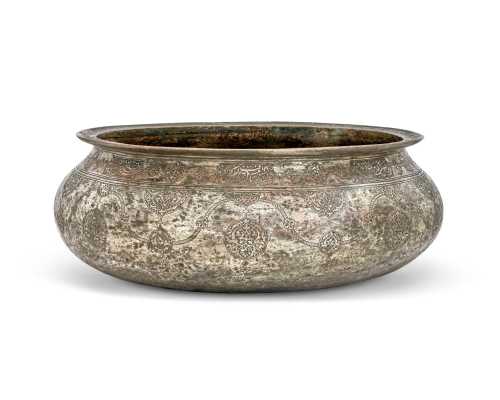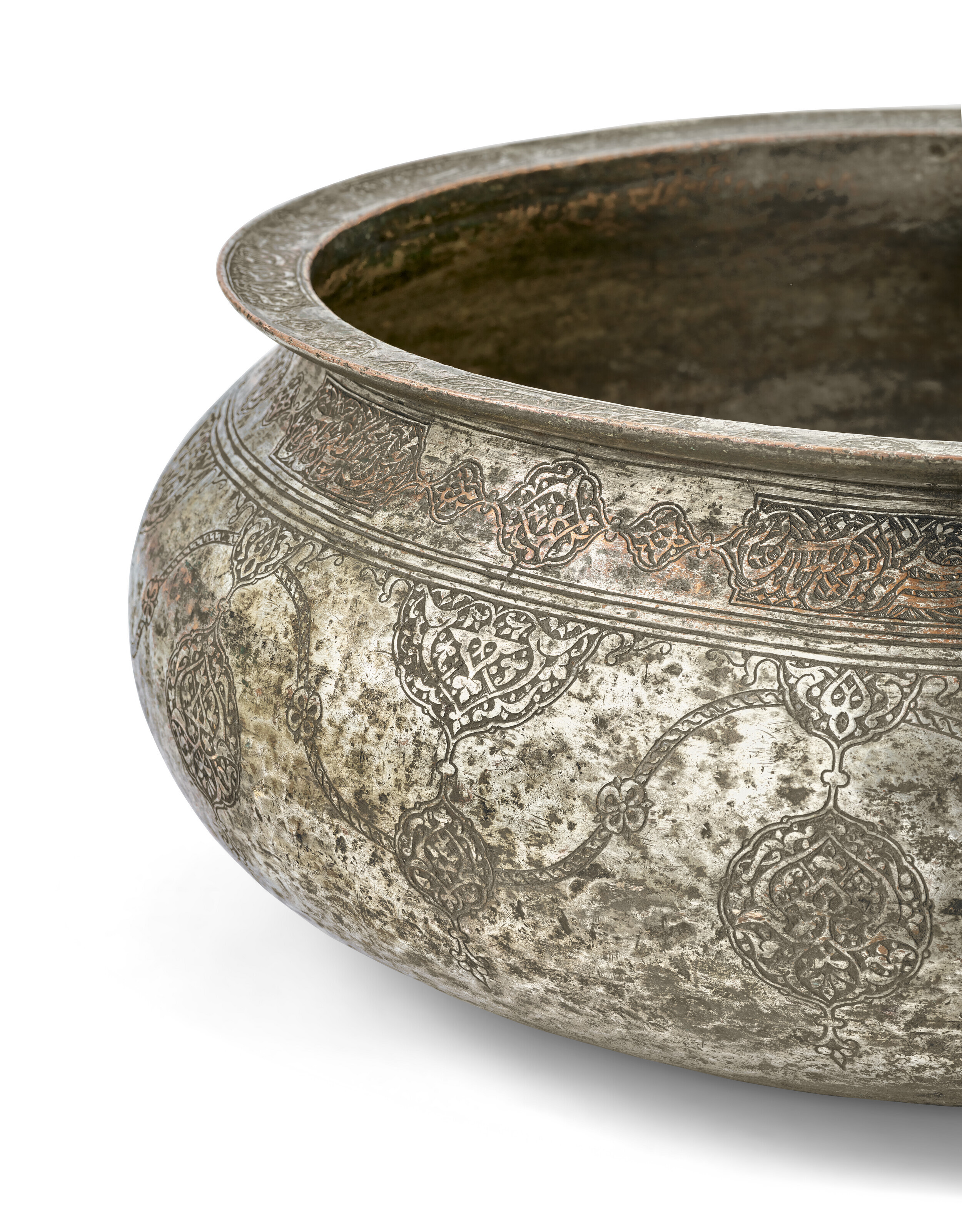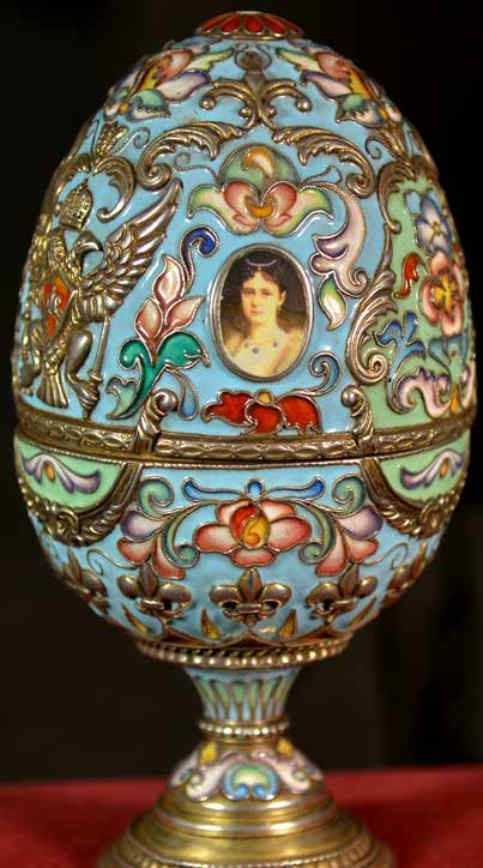- A MONUMENTAL TINNED-COPPER BASIN
- Handicrafts and classics, Metal
- 22.8 cm
- SAFAVID IRAN, 17TH CENTURY
Of rounded form with everted rim, the body engraved with a register of hanging scalloped medallions containing interlocking cusped palmettes and arabesques, the neck with calligaphic cartouches in nasta'liq, the same on the rim, the interior plain
24in. (61cm.) diam.; 9in. (22.8cm.) high
Estimation
£20,000
26,323 USD
-
£30,000
39,484 USD
Unsold
Artwork Description
Around the neck: Persian verses from the Gulistan of Sa'di
Around the lip: Persian verses, including a couplet from Nizami’s Makhzan al-Asrar
The size of this basin is exceptional. At 61cm. diameter, it is larger than the vast majority of Safavid metal vessels known in public and private collections. It can be compared with another tinned copper basin in the State Hermitage Museum, dated AH 999⁄1590-91 AD, which measures 60cm. in diameter (Ir 2260, Sheila R. Canby, Shah 'Abbas. The Remaking of Iran, exhibition catalogue, London, 2009, no.79, pp.164-65). Canby suggests that the size may indicate that the bowl was used to serve food to large numbers of people. She makes another suggestion - bowls of a related shape appear in paintings used as basins for washing. This seems is a more believable purpose for something so finely engraved. A miniature in the British Museum depicts a gathering of dervishes in a mountainous landscape (ME 1920,0917,0.300, Canby, op.cit., no.80, pp.166-67). The dervishes are shown drinking, washing and sleeping.
For a similar example see A. S. Melikian-Chirvani, Islamic Metalwork from the Iranian World, 8-18th Centuries, Victoria and Albert Museum Catalogue, London, 1982, pp.317-318, no.143.
A similar monumental Safavid basin was recently sold at Sotheby’s London, 24 October 2018, lot 136.
Around the lip: Persian verses, including a couplet from Nizami’s Makhzan al-Asrar
The size of this basin is exceptional. At 61cm. diameter, it is larger than the vast majority of Safavid metal vessels known in public and private collections. It can be compared with another tinned copper basin in the State Hermitage Museum, dated AH 999⁄1590-91 AD, which measures 60cm. in diameter (Ir 2260, Sheila R. Canby, Shah 'Abbas. The Remaking of Iran, exhibition catalogue, London, 2009, no.79, pp.164-65). Canby suggests that the size may indicate that the bowl was used to serve food to large numbers of people. She makes another suggestion - bowls of a related shape appear in paintings used as basins for washing. This seems is a more believable purpose for something so finely engraved. A miniature in the British Museum depicts a gathering of dervishes in a mountainous landscape (ME 1920,0917,0.300, Canby, op.cit., no.80, pp.166-67). The dervishes are shown drinking, washing and sleeping.
For a similar example see A. S. Melikian-Chirvani, Islamic Metalwork from the Iranian World, 8-18th Centuries, Victoria and Albert Museum Catalogue, London, 1982, pp.317-318, no.143.
A similar monumental Safavid basin was recently sold at Sotheby’s London, 24 October 2018, lot 136.
More lots by Unknown Artist
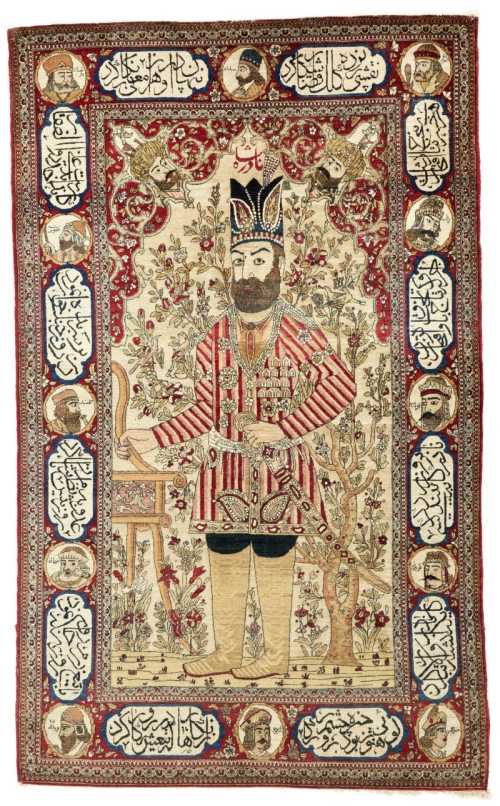
An Isfahan pictorial rug, Central Persia, circa 1910
Estimation
£4,000
5,236 USD
-
£6,000
7,853 USD
Realized Price
£5,670
7,421 USD
13.4%
Sale Date
Sotheby's
-
30 March 2022

A gold medal commemorating the coronation of Muhammad Reza Shah and Queen Farah
Estimation
£100
132 USD
-
£200
263 USD
Realized Price
£160
211 USD
6.667%
Sell at
Sale Date
Rosebery's Auction
-
1 April 2022
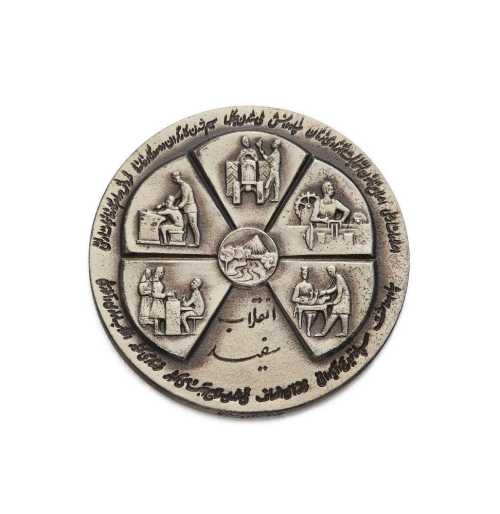
A silver memorial medal of the White Revolution, Muhammad Reza Shah, 1967
Estimation
£200
263 USD
-
£300
395 USD
Realized Price
£170
224 USD
32%
Sell at
Sale Date
Rosebery's Auction
-
1 April 2022
Realized Price
67,245 USD
Min Estimate
35,481 USD
Max Estimate
53,247 USD
Average Artwork Worth
+83.63%
Average Growth of Artwork Worth
Sales Performance Against Estimates
Average & Median Sold Lot Value
2021 - 2025
Performance vs. Estimate
2021 - 2025
Sell-through Rate
2021 - 2025
Similar Artworks
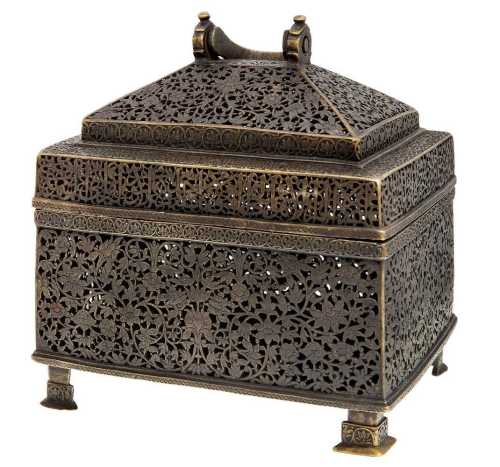
A Qajar openwork brass casket, Iran, dated 1271AH/1854AD
Estimation
£1,000
1,316 USD
-
£1,500
1,974 USD
Realized Price
£850
1,119 USD
32%
Sell at
Sale Date
Rosebery's Auction
-
1 April 2022
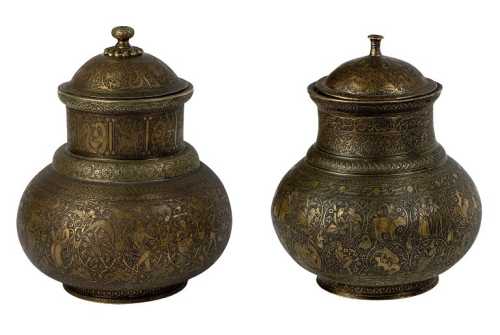
Engraving on Metal Containers
Estimation
20,000,000,000﷼
23,529 USD
-
30,000,000,000﷼
35,294 USD
Realized Price
23,100,000,000﷼
27,176 USD
7.6%
Sale Date
Tehran
-
14 February 2025
